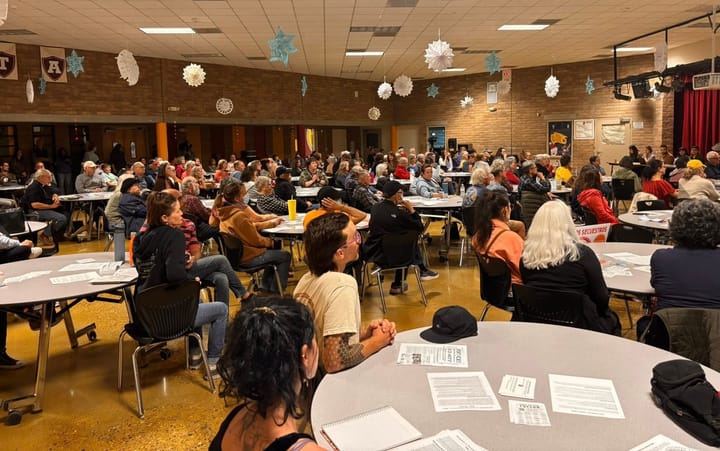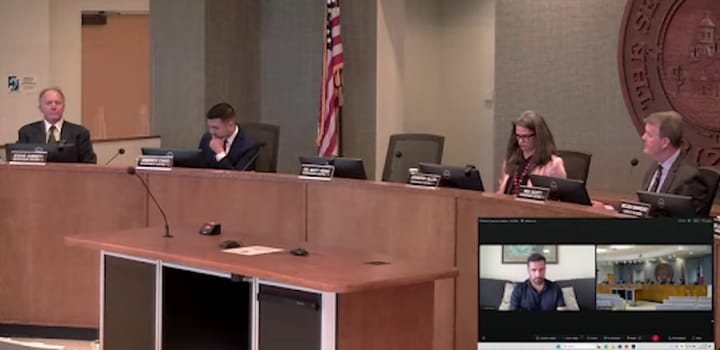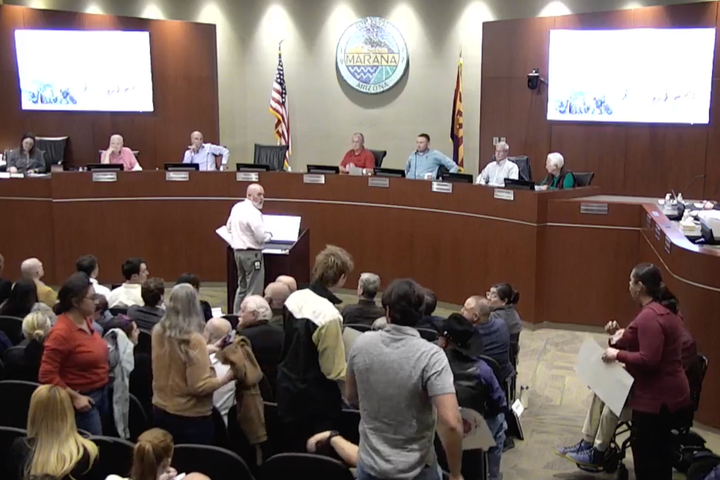Tucson Ward 1 completes third participatory budget cycle
Tucson’s Ward 1 recently completed its third participatory budgeting cycle, empowering residents to decide how to allocate $200,000 toward community-driven projects addressing local needs.
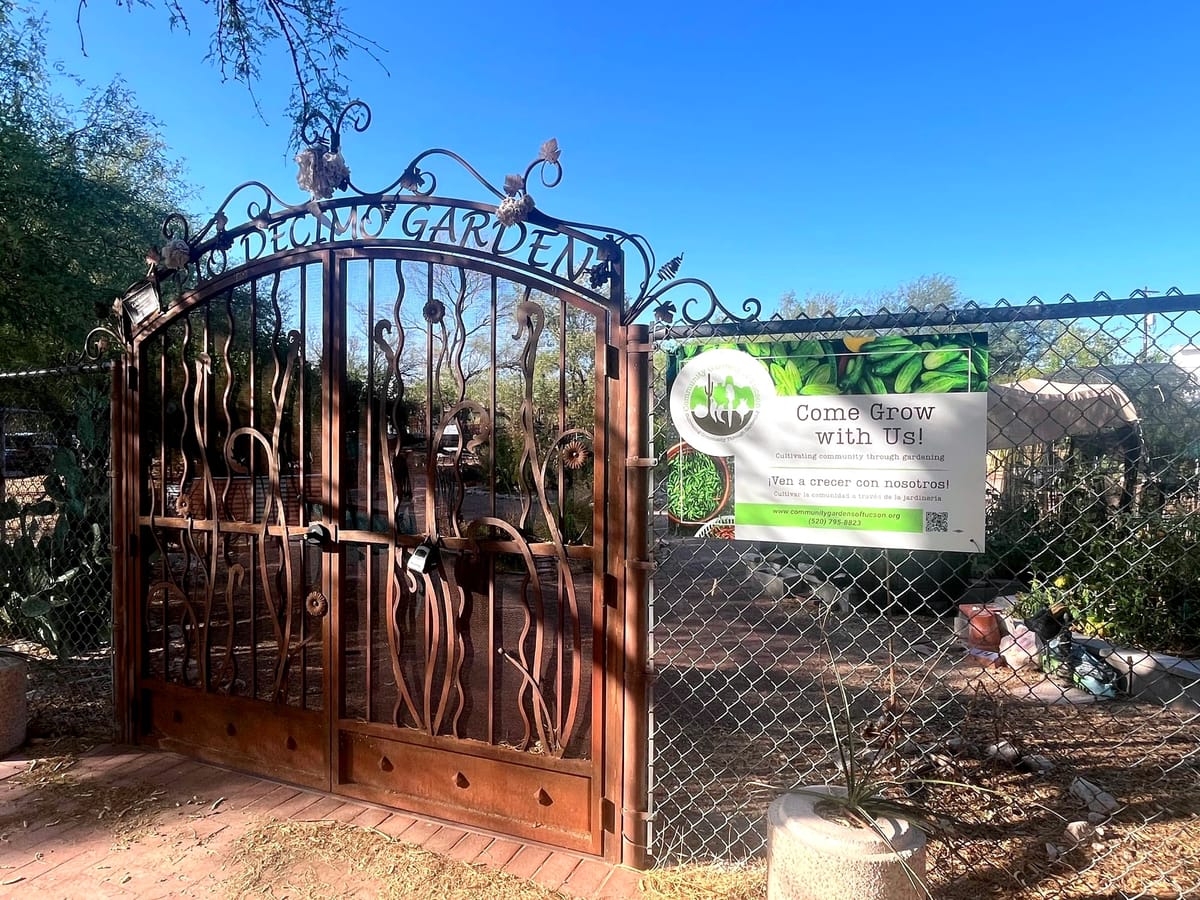
Tucson’s Ward 1 has wrapped its third cycle of a grassroots process that lets residents decide how to spend public funds, with winning projects ranging from murals and garden chickens to eviction prevention and youth programs.
Participatory budgeting lets community members gather ideas on projects they believe will best benefit their neighborhoods and the city, allowing them to decide where the allocated budget money is spent.
The goal of participatory budgeting is to give community members control over how public funds are spent, an approach that experts say strengthens civil society, cultivates new local leaders, and promotes more equitable use of public resources.
Tucson’s Ward 1 launched its participatory budgeting process, called Budget de la Gente, under the guidance of City Councilmember and Vice Mayor Lane Santa Cruz.
“The city has these funds that each ward gets, and it is up to us to decide where that’s placed within that specific ward, so we bring it out into the community,” said Ward 1 Community Outreach and Small Business Coordinator Giselle Taylor.
The most recent Budget de la Gente cycle focused on deciding how to spend the $200,000 allocated to Ward 1, as outlined on Santa Cruz’s website.
“We're the first office in the state of Arizona to put forth a participatory budget program,” said Ward 1 Communications and Content Lead Eddie Barrón. “We really took the idea… from places like Brazil, but also across the country, in places like New York.”
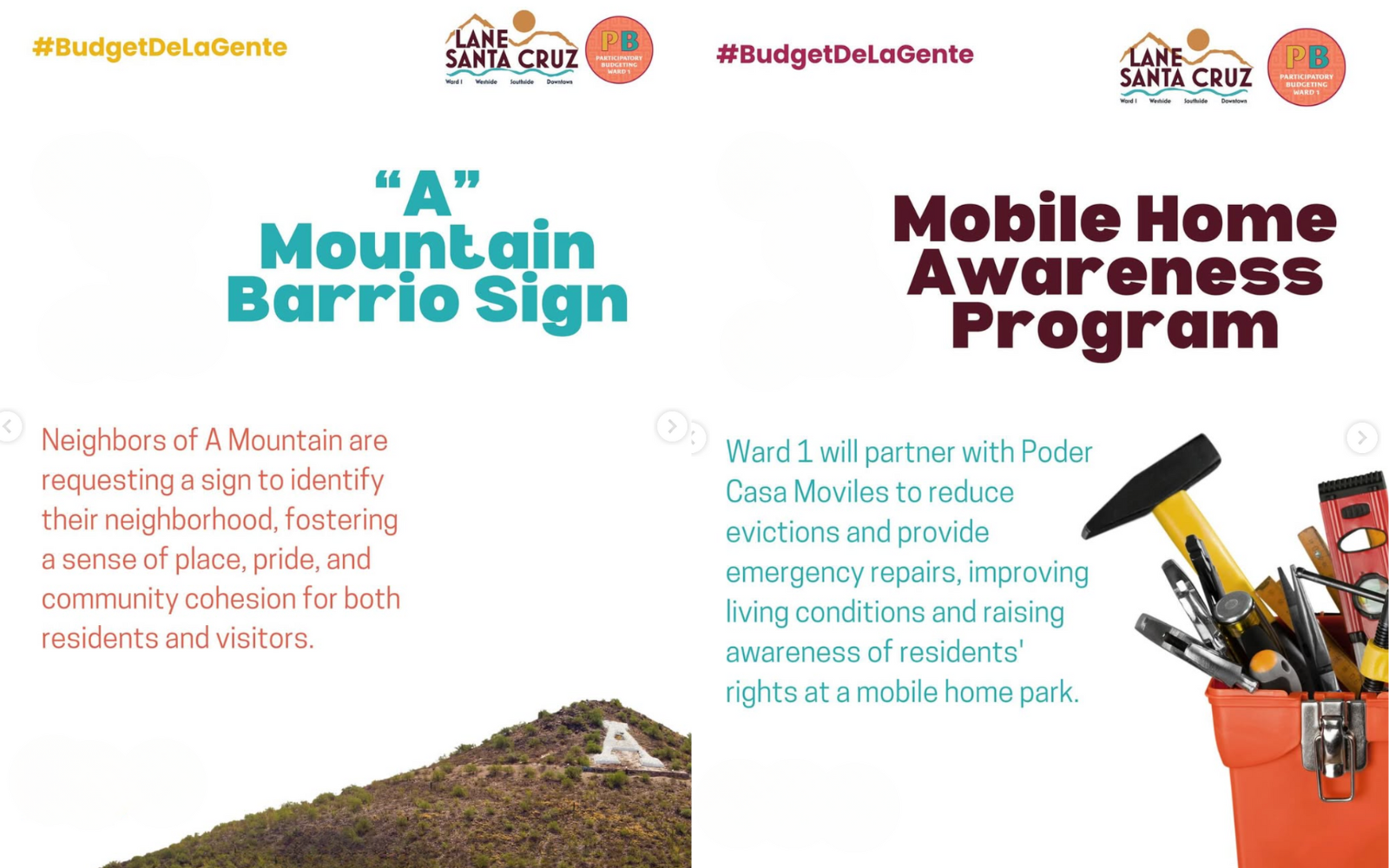
One of the most meaningful impacts Taylor has observed is the sense of pride the process brings to the community, helping residents feel heard and empowered to make a positive difference.
“There's this level of comfort of not being so detached from these decision-making processes,” she said. “It's like, ‘Oh, this is our decision. This is how we can do this together.’ We're slowly moving in a direction that is not just made by some invisible hand, it's by all of us.”
Barrón said that involving community members also helps people understand how city budgets and city councils operate and feel more involved in where their tax dollars are spent.
“I think it's really awesome to bring people along for that process so they can see it firsthand,” Barrón said.
The process includes several steps, from forming committees and recruiting volunteers to engaging the community and carrying out the selected projects.
It starts with a volunteer steering committee that coordinates the process. Then, staff and volunteers collect ideas through social media, community events, and in-person outreach.
Next comes the “accelerator phase,” where participants evaluate proposals to see which ones are practical given the budget and timeline. The final selected proposals are then put on a ballot for residents to vote on.
Winning projects are selected from neighborhoods across Ward 1, including the northwest, south side, west side, downtown, and southwest.
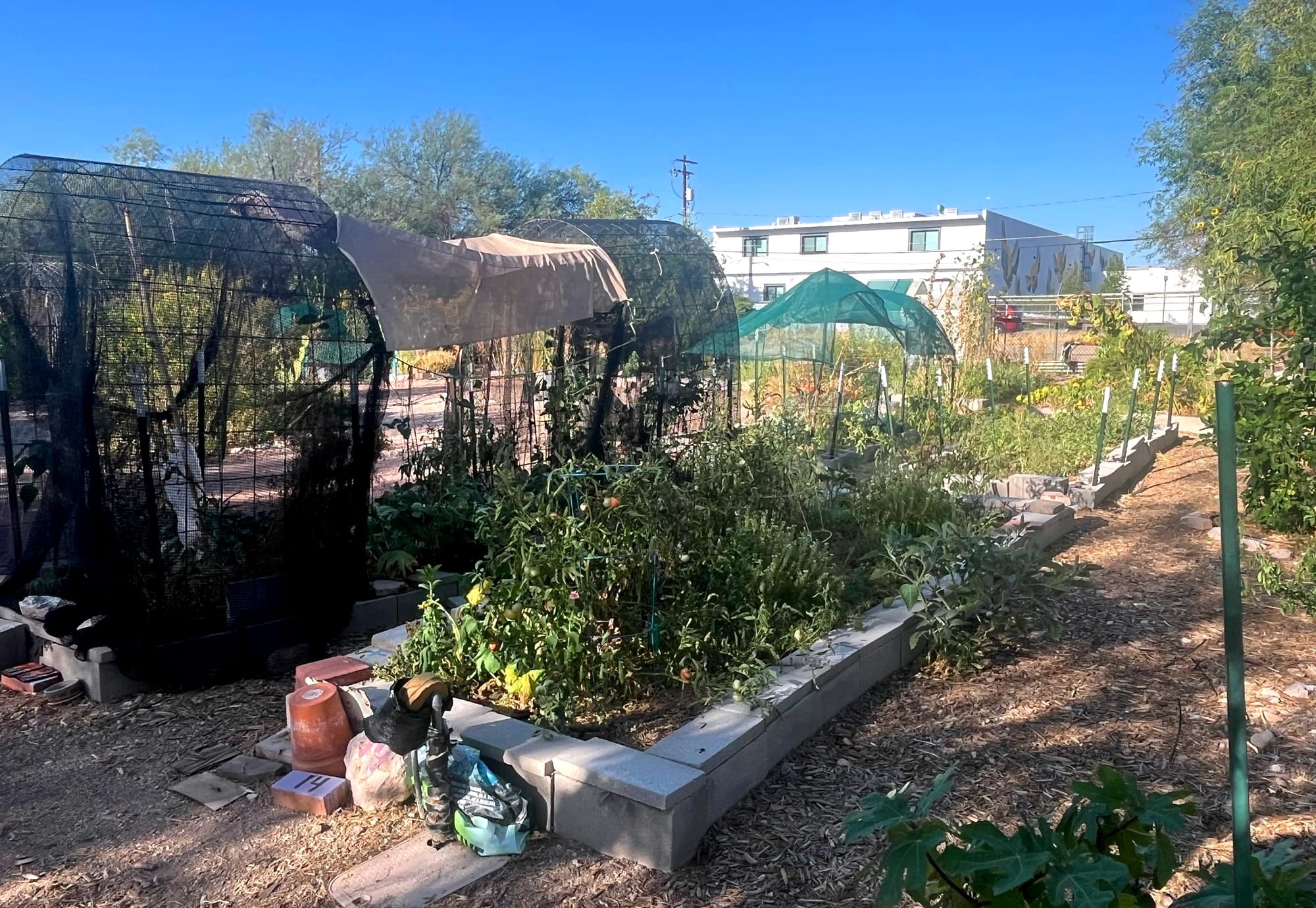
Taylor said project themes come in waves, but proposals in each cycle typically follow a common thread. In the most recent cycle, the most common theme among the winning projects was “assistance.”
“There are a lot of assistance programs that work to increase access, for example, to affordable glasses,” Taylor said. “There's also an eviction prevention fund.”
Youth programs have also been popular, Barrón said, along with projects aimed at beautifying neighborhoods. He noted that workshops providing information back to the community on topics including sexual health are also frequently proposed.
Other winning proposals include bringing chickens to the Pio Decimo community garden to provide eggs for residents, creating a sign for the “A” Mountain Barrio neighborhood, and commissioning several murals across the ward.
Winners from the previous cycle included a statue of longtime Davis Bilingual Magnet mariachi instructor Dr. Alfredo Valenzuela outside the school, creating shade at bus stops on the west side, repairing basketball courts on the southwest side, and creating a bicycle club on the south side.
While all are different, each represents a community need and a way to highlight or improve something about that specific neighborhood or space.
Taylor and Barrón noted that project proposals come from a wide age range, spanning high school students to senior citizens — a reflection of the diverse community members taking part to improve their neighborhoods.
Previously, the entire cycle — from proposal development to voting and implementation — lasted just three to four months, which Taylor said created stress for everyone involved. The timeline will be extended for the upcoming cycle.
The next cycle will kick off with the formation of a new steering committee in August, with voting anticipated to wrap up by May of next year.
Emma LaPointe is a journalism, political science and German Studies major at the University of Arizona and Tucson Spotlight intern. Contact her at emma.m.lapointe@gmail.com.
Tucson Spotlight is a community-based newsroom that provides paid opportunities for students and rising journalists in Southern Arizona. Please consider supporting our work with a tax-deductible donation.

